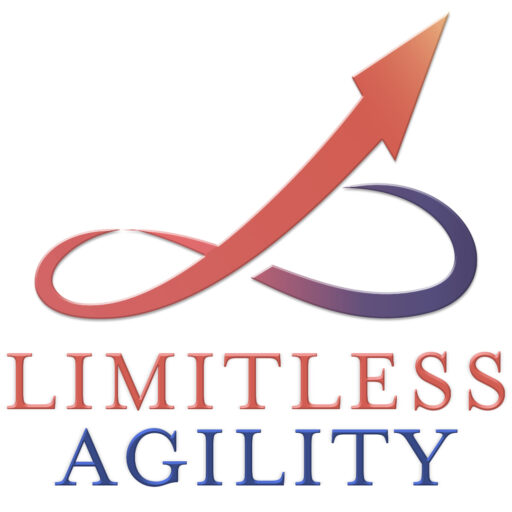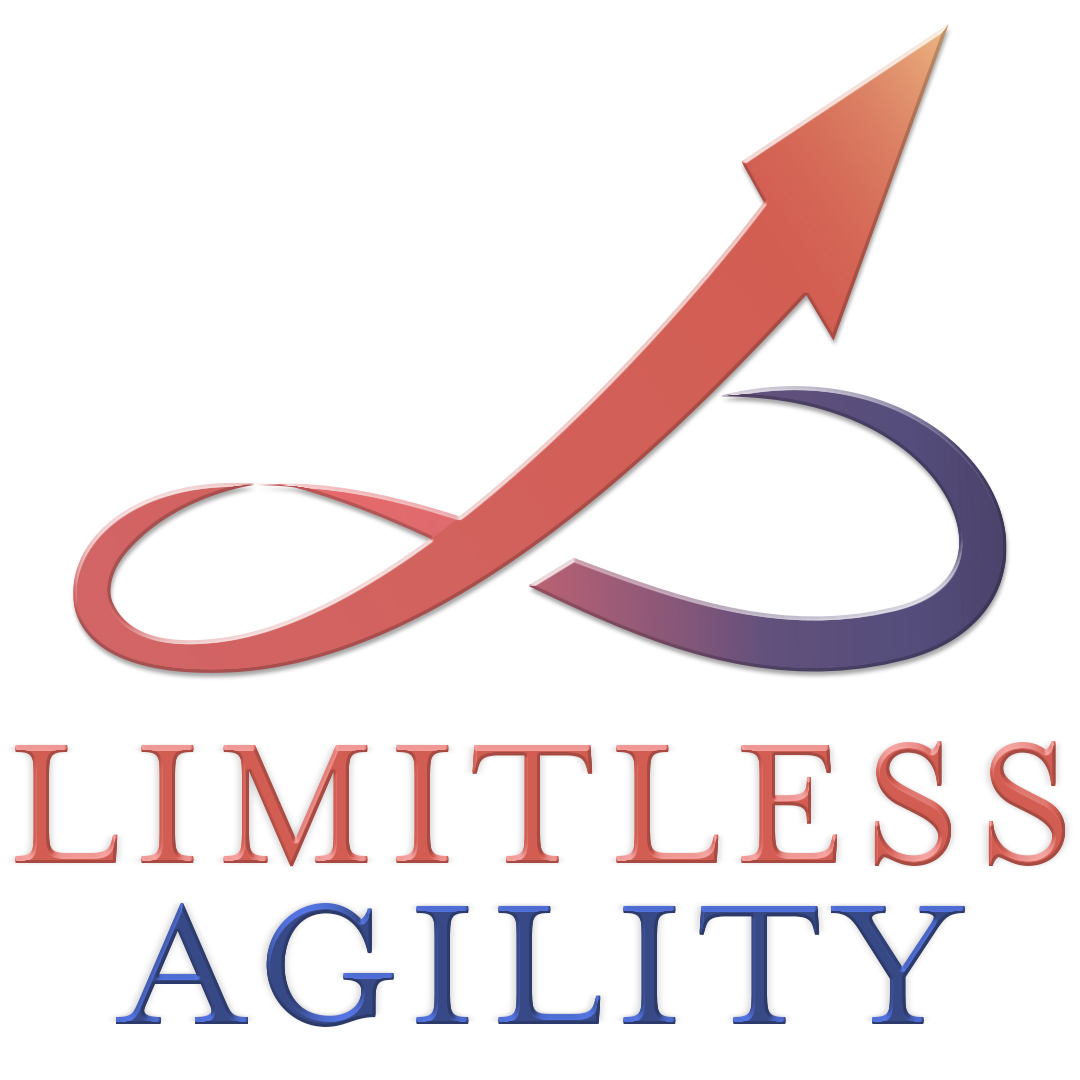Measuring the success of agile – Should we focus on the outcomes or outputs?
The dictionary meaning of outcome is ‘the way a thing turns out; a consequence’ and the meaning of output is ‘the amount of something produced by a person, machine, or industry’.
Several years ago, I was working as a developer in a major financial corporation. After the project was completed, they asked all the developers as to how many lines of code was written. They were measuring productivity of a developer using this metric which didn’t make sense. The number of lines of code is an output and in my opinion, the focus should be on more meaningful metrics that are based on outcomes.
Measuring the success of agile teams’ should be outcome based. If they are aligned with the agile manifesto and the principles behind it, you really get the benefit of working with the right metrics. Outcome based measuring seems more meaningful because it is based on the value we create.
For example, in Scrum, how frequently we deliver value, number of features worked on, quality of the product delivered are important. However, it is more meaningful to measure success based on customer’s feedback. Is the customer happy with the product? Customer delight is an outcome based measurement.
Another example may be based on market dynamics- how well the product was accepted in the market, market penetration and new market opportunities created.
Additionally, measuring the success of Scrum Teams on the basis of how many features they built, how frequently they are delivering, quality code they have written is based on the output. These are important for the success of the Team but the ultimate goal is to have self-organized and cross-functional teams. How are they collaborating everyday with the business and users?
Product Owners and business stakeholders should feel that they are not only creating ROI for the product but should feel they are creating the right product, creating new ideas that have room for innovation. It’s not the number of features that are delivered, according to principle #10 behind the agile manifesto – Simplicity -– the art of maximizing the amount of work not done – is essential.
At an organization level, we should find individual teams to be happy. They need to find joy at work. They should have the motivation to come to work every day and feel that they are providing value to the organization.
In conclusion, organizations that focus on measuring agile success using outcomes are able to better adopt an agile mindset and philosophy. Measuring teams using outcome based metrics are more successful.


